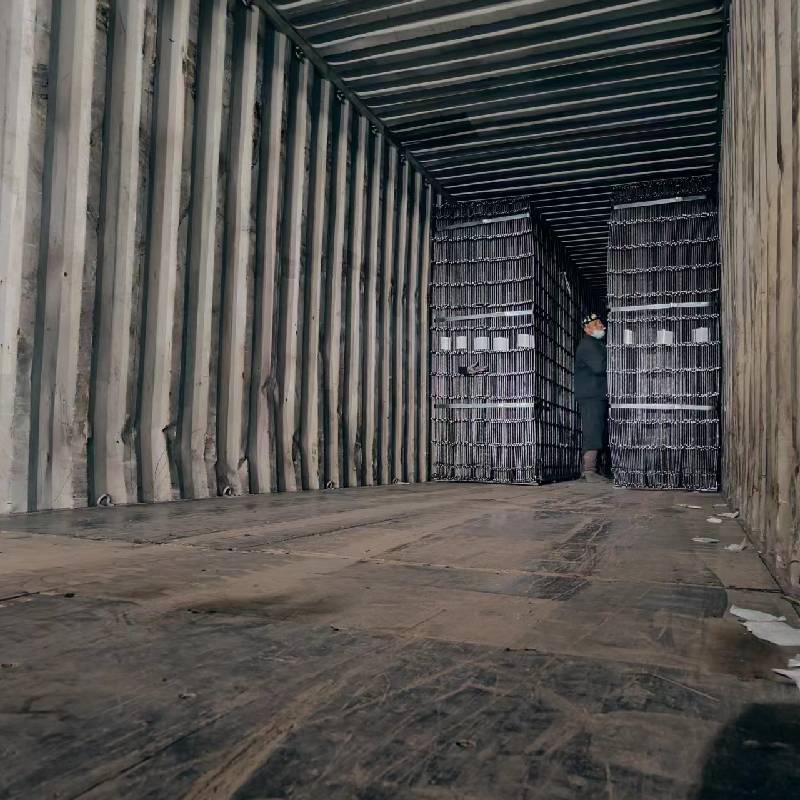
- Mobile Phone
- +8613931874955
- sales@cntcmetal.com
Understanding the Role and Importance of Masonry Ties in Construction
Understanding Masonry Ties The Backbone of Structural Integrity
Masonry ties play a crucial role in the construction and maintenance of brick and stone structures. These small but significant components are essential for ensuring structural integrity, stability, and safety in all masonry constructions. In this article, we will delve into what masonry ties are, their purposes, types, and best practices for their installation and maintenance.
What Are Masonry Ties?
Masonry ties are metal devices that connect different elements of a masonry structure, typically brick or block walls to other building components such as frame structures, insulation systems, or additional masonry layers. Their primary function is to provide lateral support, prevent movement, and enhance the overall stability of the wall. In situations where structural integrity is compromised due to factors like settlement, thermal expansion, or seismic activity, masonry ties serve as a critical component to ensure the longevity and durability of the structure.
The Purpose of Masonry Ties
Masonry ties serve various essential purposes in construction, including
1. Stabilization By securing masonry walls to supporting structures, ties help prevent the walls from swaying or collapsing under stress. 2. Load Distribution Ties distribute loads evenly across the masonry structure, helping to prevent localized failures or weaknesses in the wall. 3. Moisture Control Properly installed ties can help mitigate moisture buildup between walls, which is crucial in preserving the integrity of masonry. 4. Thermal Expansion Masonry ties allow for adjustments due to thermal expansion and contraction, which is particularly important in regions experiencing extreme temperature fluctuations.
Types of Masonry Ties
Masonry ties come in various shapes and sizes, tailored to different construction needs. Some common types include
- Vertical Ties These connect opposing walls vertically and are often used in cavity walls to maintain stability. - Lateral Ties Used to bind masonry walls to frames or other structural elements horizontally. - Dovetail Ties These have a unique shape that provides strong connections between two elements while allowing for some movement. - Strap Ties Flat strips of metal that secure masonry to another building component, often found in wall-to-wall connections.
masonry ties

Each type of masonry tie is designed to address specific requirements and load conditions. Choosing the right tie is essential for maintaining structural integrity.
Best Practices for Installation and Maintenance
To ensure that masonry ties perform effectively, it is crucial to adhere to certain best practices during installation
1. Follow Building Codes Always comply with local building codes and regulations when selecting and installing masonry ties. These codes often specify the types and intervals required for ties in different applications.
2. Use Quality Materials Ensure that the materials used for masonry ties are durable and corrosion-resistant. Stainless steel or galvanized ties are preferable in moist environments to prevent rust.
3. Proper Spacing Follow manufacturer recommendations regarding the spacing of ties, as improper spacing can lead to reduced effectiveness in load distribution and stabilization.
4. Regular Inspections Regularly inspect masonry walls and ties for signs of wear or damage. Early detection of issues can prevent more extensive repairs down the line.
5. Professional Installation When in doubt, consult with professionals or structural engineers to ensure that ties are installed correctly to meet specific structural needs.
Conclusion
Masonry ties may be small components, but their impact on the structural integrity of buildings cannot be overstated. Understanding their purpose, types, and proper installation practices ensures the safety and longevity of masonry structures. As construction methods evolve, maintaining awareness of best practices for masonry ties remains a fundamental aspect of sound engineering and design. By investing in quality materials and adhering to proper guidelines, we can better safeguard our built environment against the test of time.
share:
-
Your Source for Concrete Wall Ties and Masonry AccessoriesNewsJul.10,2025
-
Unlocking the Power of Iron Wire for Every ProjectNewsJul.10,2025
-
Explore Advanced Chain Wire and Stainless Steel Mesh FencingNewsJul.10,2025
-
Discover the Benefits of Annealed Wire ProductsNewsJul.10,2025
-
Discover China Stainless Steel Wire Mesh SolutionsNewsJul.10,2025
-
Build with Confidence Using High-Performance Masonry AccessoriesNewsJul.10,2025
-
Why Sacrificial Formwork Is Redefining Underground ConstructionNewsJun.06,2025



















